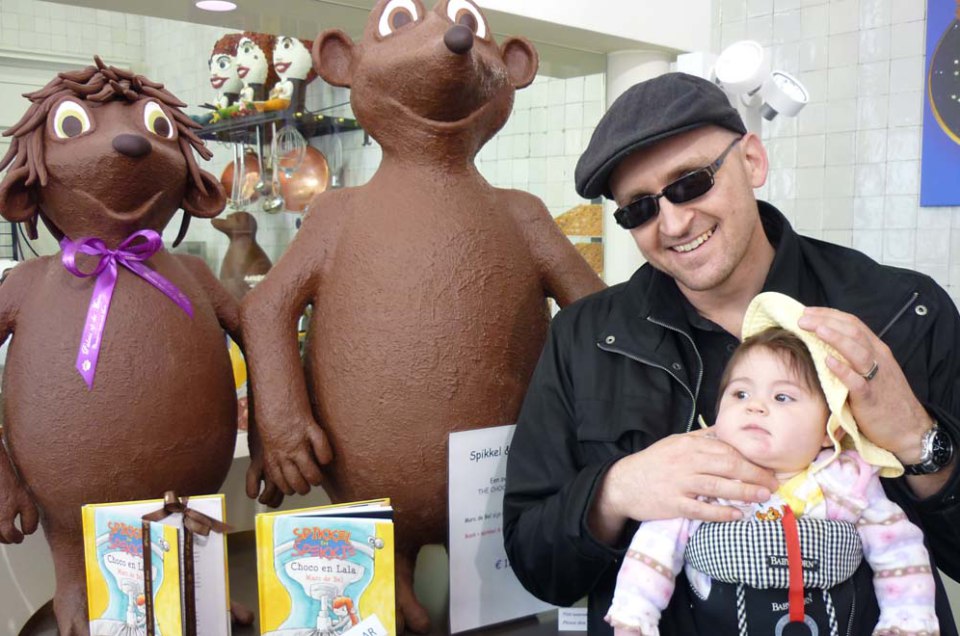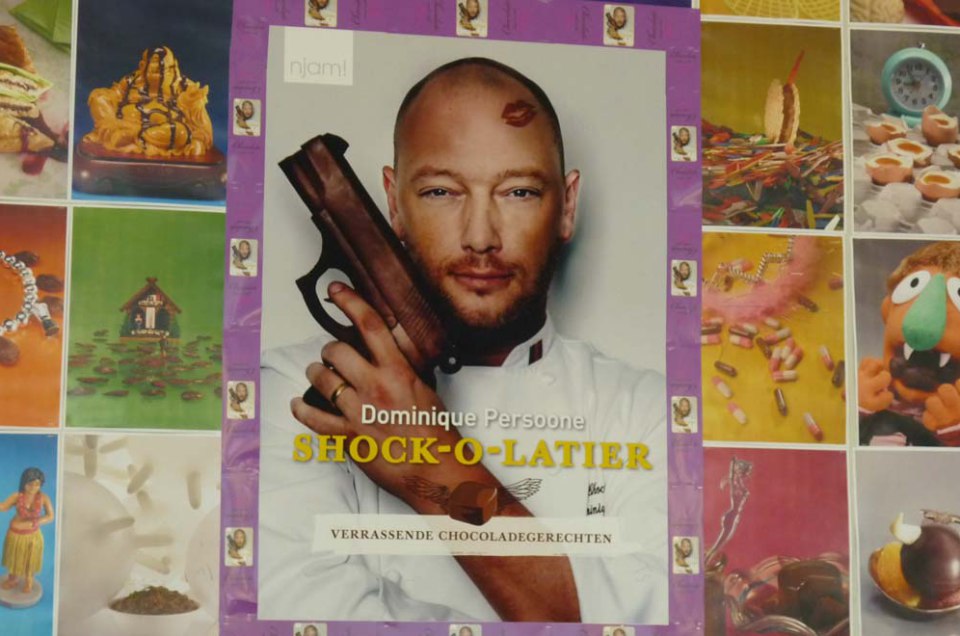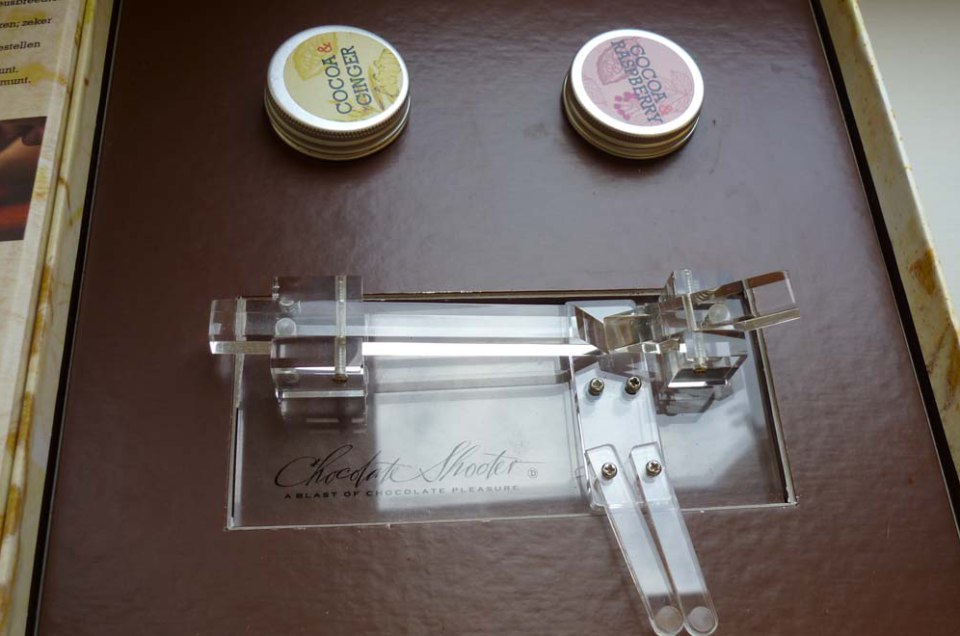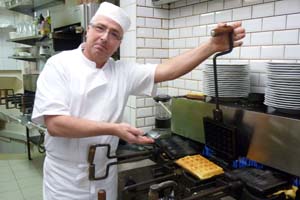To fully experience another culture is to taste its food. Sure, you’ve got smorgasbord’s full of savoury examples, but it’s the sweet treats that bookend a memorable meal that appeal to the kid in all of us. A well made biscuit, cookie, cake or truffle is a joy that is almost universal, and one that unites appetites of all ages. When travelling with children, sweet tooth’s of every stripe need look no further than Flanders for a chocolaty fix that is palate pleasing to all.
A visit to Belgium is simply incomplete without a series of chocolate encounters. As with most things, chocolate concoctions and quality will vary, but the Belgians take an almost single-minded pride in producing high-calibre sweets; from the mass-produced global brands of Leonidas, Cote d’or and Godiva to individual artisans that seem to proliferate through the smallest of villages and the largest of towns.
A personal favourite is Laurent Gerbaud in Brussels, to some extent because he loves kids entering his store as much as he loves producing seemingly impossibly flavourful chocolate devoid of butter, sugar or additives of any kind, flying in the face of conventional Belgian chocolate wisdom. His impeccable creations include chocolate covered dried fruit, nuts and the use of exotic herbs like bergamot. Or simply take a seat and enjoy a well made cup of hot chocolate at his shop, sit back and watch the world drift pass.
No less pioneering but far more rock ‘n roll, is self-styled “shock-o-latier” Dominique Persoone, inventor of the famous chocolate shooter – a raspberry or ginger infused chocolate powder shot inhaled through the nose, which he developed for the Rolling Stones’ birthday, no less!
As one of only 3 chocolatiers to earn a Michelin star rating, a trip to Antwerp or Bruges definitely needs to include a trip to his store, whether for the shooter (if you have older, adventurous kids- the ginger burns, you’ve been warned!) or for the more conventional (but never boring) truffles.
More sweetness awaits in the ancient Flemish city of Ghent where a trip to Etablissement Max, the original purveyors of the Belgian waffle, is a look into the past that even the pickiest eater will enjoy. In 1839 the original Max was thought to pour batter between 2 hot iron “plates” and let it cook over hot coals. Thus was born the Belgian waffle, or more specifically, the Brussels waffle (as opposed to the sweeter, cookie-like Liege waffle). Served with freshly whipped cream and fresh fruit, it’s the only way to truly experience a Belgian waffle and mean it!
Before leaving Ghent, make sure to keep your eyes peeled for small carts selling “neuzen” (or candy “noses”). These are small nose or cone-shaped jellies with soft fruit cores, are usually some variant of berry flavours. These little gummy treats (officially known as cuberdons) travel well, so there is no need to fear a sugar overload if you’ve already had your waffles!
Over in Antwerp, the not-to-be-missed treat of choice is the city’s emblematic handjes (hands); thin almond cookies reflecting the hand symbol synonymous with Antwerp. While local legends include the story of a vanquished, evil giant who had his hand chopped off, we preferred the PG version of sitting back and sharing the buttery goodness of the “helping hand” of Antwerp. If almond butter cookies are not to your liking, then the best local alternative is the buttery, spiced speculoos with their Christmas-like hints of cloves, ginger and cinnamon. Though they are available in many places, including pre-packaged travel packs, the fresh version is unbeatable. Should you find yourself in Brussels, try La Maison Dandoy at the Grand Place. In Brugge, there’s no better place for speculoos than Juliette’s where yes, you can even find a speculoos spread to slather on hot buttered toast when you get home to prolong your sweet indulgence!





